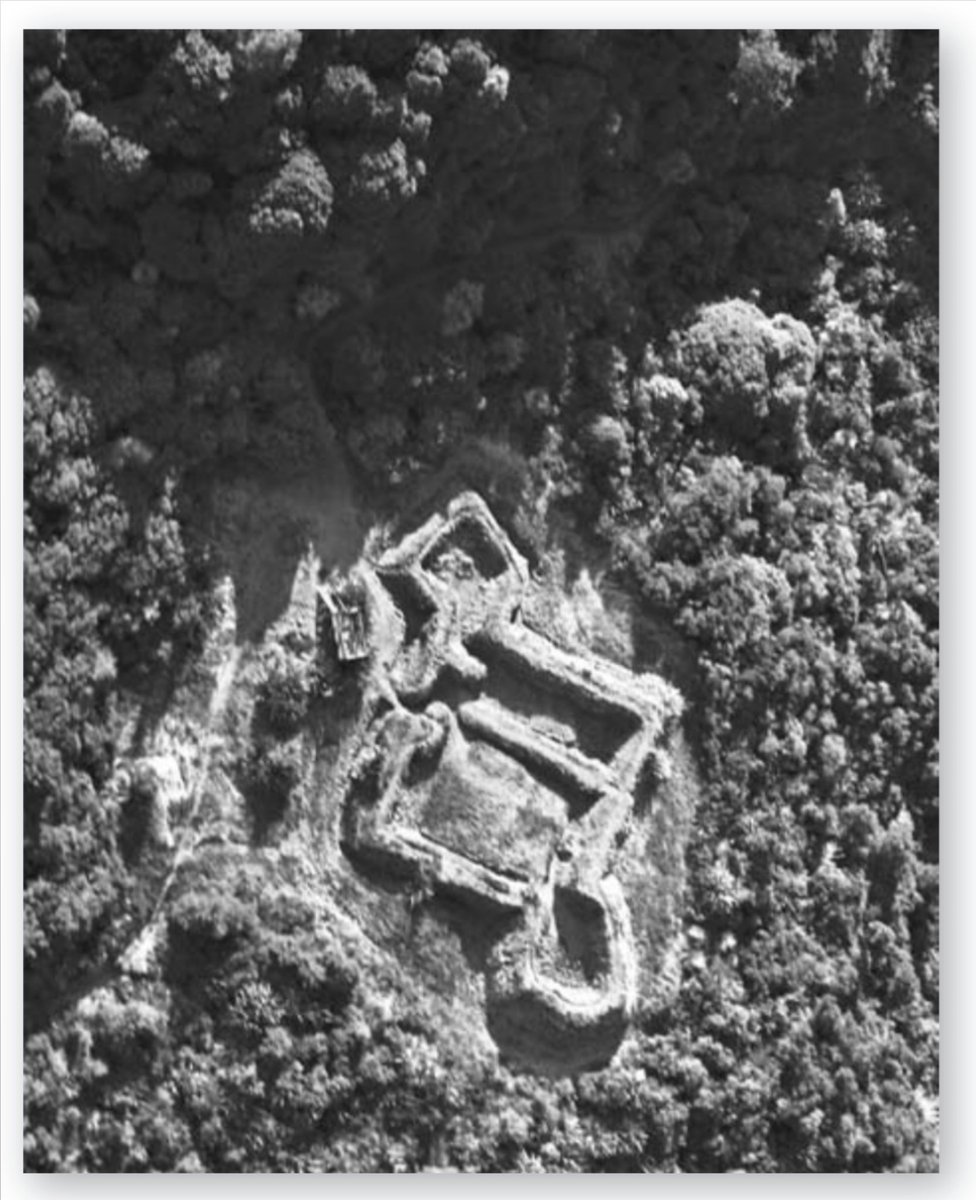Thread concerning the development of Maori fortifications and engineering works spanning the years 1840-1869 with special attention paid to the role of projectile defense adaptations and earthen work formations to repel Her Majesty's Armed Forces. From Ian Knight's book, listed. 

Crucial from the outset was the radically different role the 'pa', the fortified village, served after the Musket Wars and now against the British. The aim was to control and hold land, frustrate settler expansion and execute specific military objectives.
To this end the 'pa' was used to threaten survey parties, control roads, prevent encampments and hold strategic ground. The 'pa' could make use of old European buildings, landscape features and were used by the Maori for tactics including ambushes and attrition warfare.
The 'pa' were so successful that "for the most part the British were unable to evict the Maori from their positions by force". It took the British ten weeks to dig sapping trenches to the pa in Te Arei in 1861, where the Maori sued for peace, left and built another pa elsewhere.
So let's look at some of the features of these fortifications.
The 1840s pa modified earlier designs, the palisades were roped individually rather than in groups, so shell fire only took down individual stakes, rather than sections. Sacking was cleverly placed on the rear to minimise wood splinter injuries.
Ruapekapeka is a good example of an early pa, modified from pre colonial methods to suit artillery and musket threats.








Trenches began to be dug, underground placements and living quarters and the roofs piled with earth, the palisades strengthened with rubble and flax cloth used to dampen projectile power.
The power of geometry began to be more fully exploited, with pas designed in parallelograms or with zigzag corners, providing crossfire positions




An account like this one - Hone Heke’s pa of Ohaeawai, in the Bay of Islands district - shows the effectiveness of combining palisade defences with interior trench systems and well designed methods to maximise the firearms the Maori had.




By the time we hit the 1860s, the Maori fully appreciated the role of artillery fire and the stockades became less important, while trenches only increased. Pas were positioned in the landscape to funnel British troops and dominate superior positions.
The Pa became tangled mazes of walls, trenches, pits, banks, wooden obstacles and barriers, all designed to pin troops down, push them into chokepoints, protect themselves against shell fire and provide a means of escape and rearguard action.






British military thinking during the 1840s was to dominate the pas and capture them, believing it would devastate defender morale. In fact the Maori had no emotional attachment to them and regularly abandoned them after days of intense struggle, bewildering British command.
By the 1860s, more aware of this tactic, the British often attempted to flank the pa to catch the retreating Maori who responded with counter measures themselves. The battlefields became more complex with lines of attack, retreat and counter moves.




The extension of trenches foreshadowed the Western Front, with the Maori extending trenches across the landscape, building small walls and long complex dugouts, living quarters, supply and communication lines and multiple lines of defence.
Ultimately the pa were defeated by 30 yrs of experience combined with more ruthless tactics such as burning crops, cutting the bush and forest around the pa and employing other Maori in each assault. Eventually enough settlers moved onto Maori territory to stop them being built.
Many pa remnants still survive today, a testament to the skill and bravery of the Maori in defending their land.
Please add any pictures below if you've visited any pa.
Please add any pictures below if you've visited any pa.

• • •
Missing some Tweet in this thread? You can try to
force a refresh




































